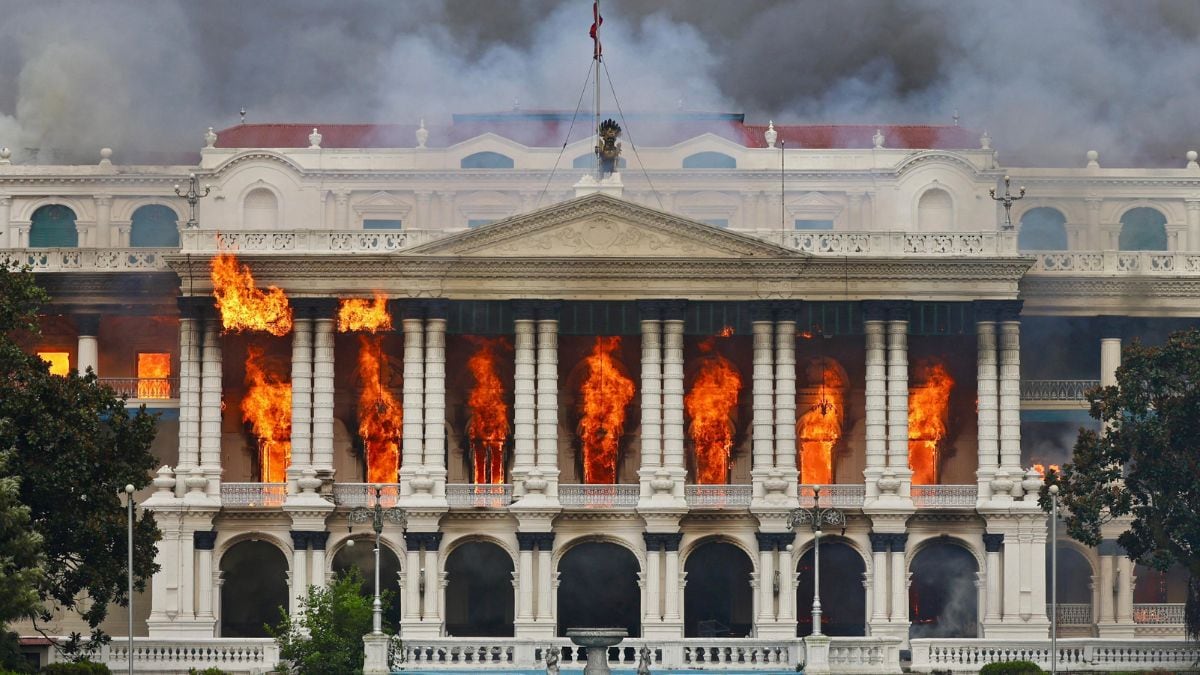International Labour Day — also known as May Day or International Workers’ Day — celebrates the struggle, dedication and commitment of the working class and is an annual public holiday in several countries. While many of us know it as an extra off day at work, very few are aware of its origins. The genesis of this day is in the labour union movement in the United States in the 19th Century, when industrialists exploited the labour class and made them work at least 15 hours a day. The movement involved protests that delivered a strong blow to the cycle of exploitation and made eight-hour working days a reality. Origin of International Labour Day This connotation dates back to May Day, 1886, when some 200,000 US workmen engineered a nationwide strike demanding eight-hour working days. The 1 May, 1886, labor action wasn’t just any strike — it was part of what came to be known as the Haymarket tragedy. On 1 May of that year, Chicago and a few other cities were the site of a major union demonstration in support of the eight-hour workday demand. The protests in Chicago were meant to be part of several days of agitations. But on 3 May, a strike at an industry in the city turned violent, and the next day, a peaceful meeting at Haymarket Square became even more so. When the last speaker was completing his talk, a delegation of 180 policemen marched to break up what remained of the meeting. They stopped a short distance from the speaker’s wagon. As a captain ordered the meeting to disperse and the speaker cried out that it was a peaceable gathering, a bomb exploded in the police ranks, wounding 67 policemen, of whom seven died. The police then opened fire at the gathering, killing several men and wounding around 200. And, hence, the
Haymarket Affair became a part of US history. [caption id=“attachment_6546251” align=“alignnone” width=“873”] This 1886 artist’s rendering was the most widely reproduced image of the Haymarket Affair. It shows Methodist pastor Samuel Fielden speaking, the bomb exploding, and the riot beginning simultaneously. (Harper’s Weekly)[/caption] In 1889, the International Socialist Conference
declared that in commemoration of the Haymarket affair, 1 May would be an international holiday for the labor force, now known in many places as International Workers’ Day. How do we celebrate Labour Day While many still turn up to hear Labor Day speeches and attend parades, the holiday is also viewed as the last hurrah of summer. Labor Day may not be one in which people actively celebrate an occasion, but it does give working people a much-needed respite, which is equally important. Labour disputes continue even today, but workers’ lives have generally improved in the 21st Century, though it’s worth reflecting on how history got to that point.
The genesis of International Labour Day or International Worker’s Day wasin the labour union movement of the US in the 19th Century, when industrialists exploited labourers who protested against them.
Advertisement
End of Article


)

)
)
)
)
)
)
)
)



